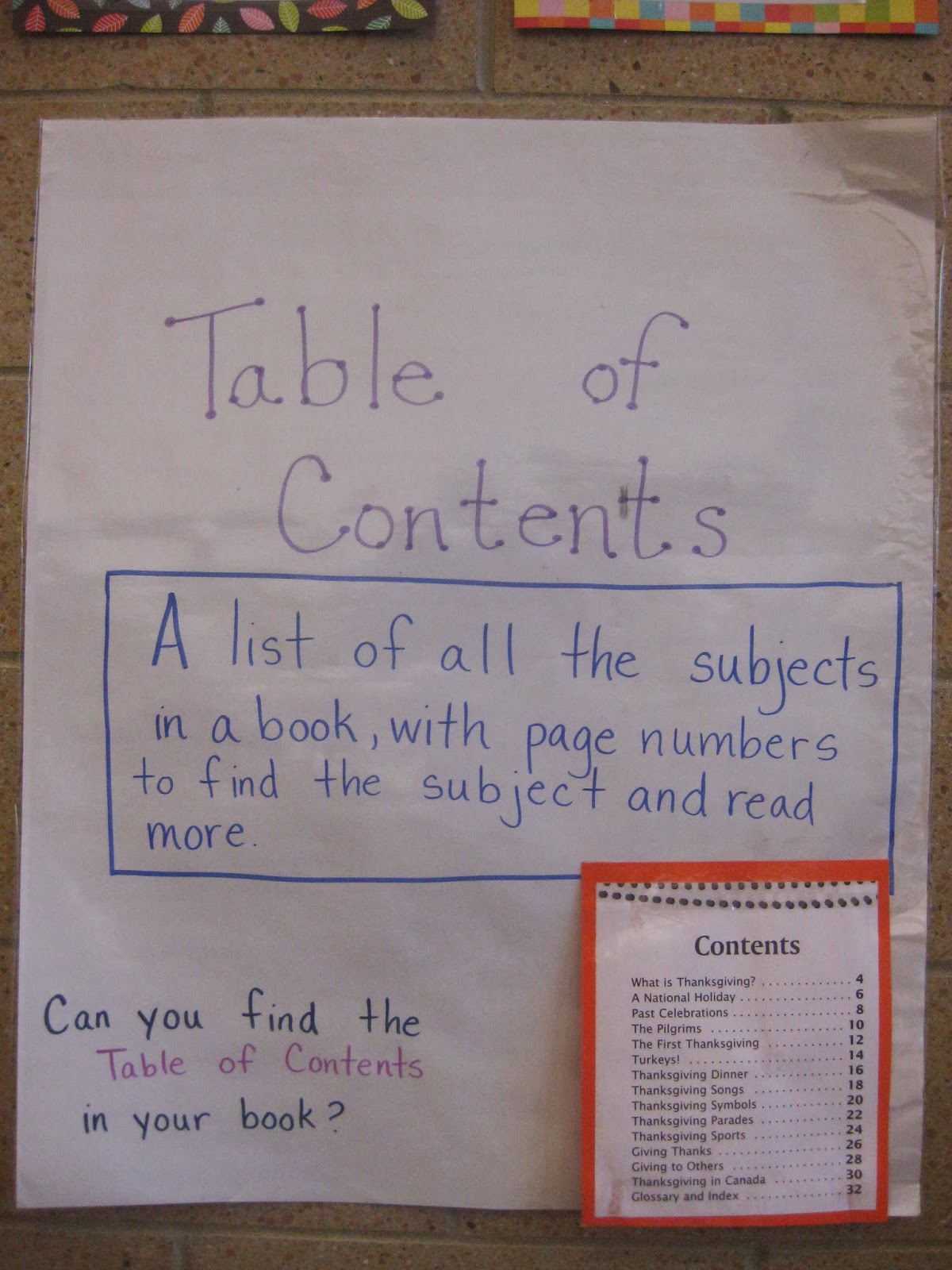As I'm going stir crazy with 2 "cold" days, where our school district ACTUALLY closed! Anyways, I thought I'd share details about my "SOAR" center. This could also be your "Destiny" center or "Online Card Catalog" center. Basically, I wanted students to use our online card catalog, called SOAR. After having a LOT of trouble last year with the 2nd graders accomplishing this, I needed a new tactic. I needed less kids at once, I needed more practice, I needed more computers, etc., etc., so I made it a center!
This also covers:
CCSS.ELA-Literacy.RL.1.5 Explain major differences between books that tell stories and books that give information, drawing on a wide reading of a range of text types.
When the students have to look for their own books, they have to be able to tell if it is nonfiction or fiction. As they find more of their own books, they have started to question some of the designations (why is a book about Bigfoot in nonfiction...then we talk about the designation, fascinating conversations for a 7 year old to feel like the experts =) We are also learning more about the Dewey #s, to reinforce the concept, we read Bob the Alien Discovers the Dewey Decimal System by Sandy Donovan. We also read Bored Bella Learns About Fiction and Nonfiction by Sandy Donovan and Karl and Carolina Uncover the Parts of a Book by Sandy Donovan. I recommend all of these to have great discussions. I may also make some kind of signs based on the Bob the Alien book to reiterate the Dewey Decimal system.
ANYWAYS! This is the SOAR center sign:
This is the worksheet. For classes where I have limited time, I just print #1 - 5 and cut out the post it reflection activity.
We did this in increments in 2nd as a center. The first week, I just introduced it and had them try it out. Every week, we collected the papers to save paper (our students learn about saving the planet, and so they are used to this). The second week, we reviewed it and they tried it out again. The third week they went with a buddy to try and really look up a book. The fourth week, they did it again. the fifth week, they went by themselves after a review of what call numbers are and how to find things. I also had an extra volunteer to help students find their own books and feel successful. By the sixth week, I combined the Checkout and SOAR center and they now know to go to the computer to look up books if they need to, or to browse and checkout in one center. It has worked a 100 times better than the previous whole class instruction where many kids and myself were frustrated and book-less!
I also tried this out with one 1st grade classroom when there were 20 kids instead of 29.
I made these partner cards (on TPT, they're free!), and printed out instructions (above) #1 -5 in miniature.
I pasted the instructions on the back, and laminated the whole thing. I also labeled each card with Computer 1, Computer 2, and the matching card with the same.
So, for example, the salt and pepper both had Computer # 10 on them.
I passed out the cards, we read the directions together and did it on the SMARTboard. Then I had the students find their partner and try it out. It was chaos! But FUN chaos, they were really motivated! They really just explored because of time, but then after that we did it as a center with a buddy, etc. as above. Now that first grade class always uses SOAR and I'm going to probably start expanding to the other 5 first grade classes (but, that's a LOT of first graders, and I need to be sure I have volunteers on hand to help out!). It may not realistically happen until next school year. We'll see!
This will also become an eBook center:
We'll go over the instructions and then I'll have them do it with a partner, and then by themselves, just like the SOAR center above week by week.
Thanks for reading! Please share how your centers are going in the comments or by email! I would love to hear how it's going and would love to hear your wonderful ideas also! Thank you for your support!
Keep reading!
Ms. Dhruv









